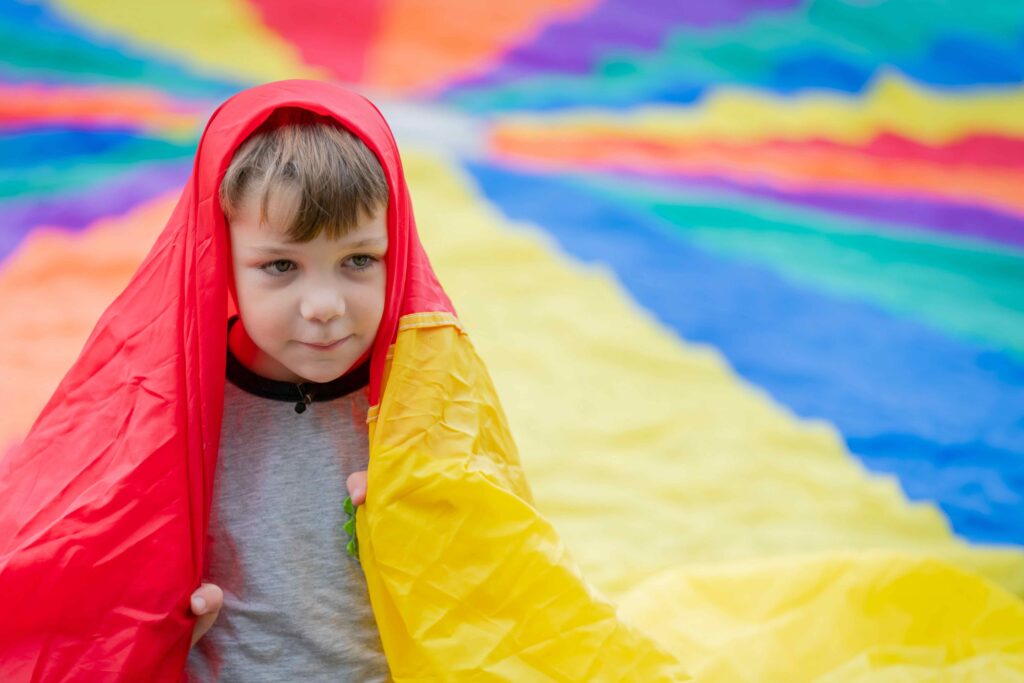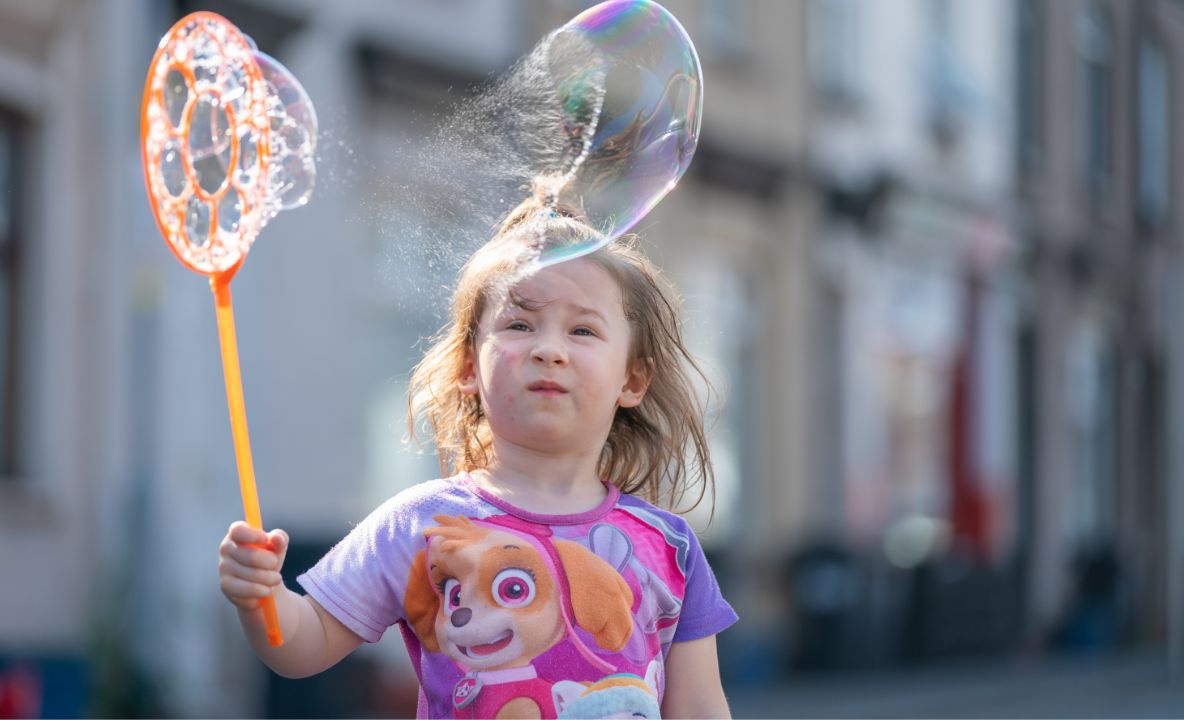Play
Cultural institutions
As well as acknowledging the right to play, Article 31 of the United Nations Convention on the Rights of the Child (UNCRC) also recognises children’s right to recreational activities, cultural life and the arts.

In General Comment no. 17, the UN Committee on the Rights of the Child underlines this point:
‘Involvement in cultural life and the arts is an important element of children’s sense of belonging. Children inherit and experience the cultural and artistic life of their family, community and society, and through that process, they discover and forge their own sense of identity and, in turn, contribute to the stimulation and sustainability of cultural life and traditional arts’.
General Comment no. 17 states that:
‘Participation in cultural and artistic activities are necessary for building children’s understanding of their own and other cultures, and playful interaction with cultural institutions and traditions broaden horizons, contributes to mutual understanding and promotes diversity. Children create and pass on culture through imaginative play, songs, dance, stories, games and festivals’.
Museums, galleries and other cultural organisations can offer children the opportunity to enjoy their right to play, alongside recreational activities, a cultural life and the arts.
Museums, galleries, heritage sites and cultural venues have a wealth of experience and understanding of children and families as visitors. The cultural sector is well placed to make their spaces and settings welcoming to children and their families by offering them opportunities to play.
Small changes can make a big difference – for example, drawing a hopscotch grid or footprints on the floor, invite playfulness and movement around a venue. Adding loose parts play materials to cultural settings can also encourage children to play.
It’s good for children and their families to have opportunities to play and be playful. These opportunities benefit cultural settings and venues, too. Benefits include:
- The improved wellbeing of children and families
- Children’s enjoyment of their Article 31 rights thanks to the support of the setting or venue
- Increased visitor engagement
- Better business for settings and venues, attracting more new and returning visitors
- The creation of lively, social spaces that encourage play and engagement.
Resources
Play for Wales – Playful places
The Winter 2022 issue of our magazine highlights examples of children’s access to playful moments in a range of places. It includes articles looking at play in family attractions such as zoos and museums.

